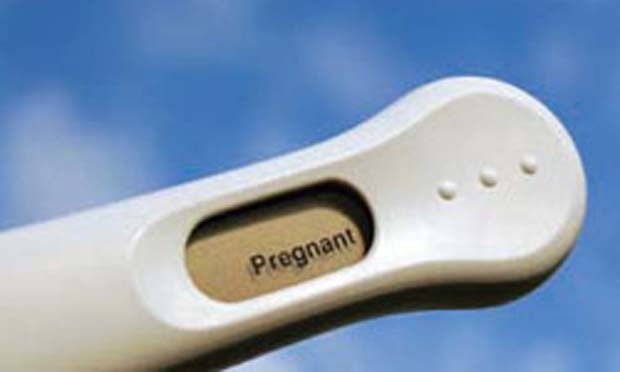A wide range of studies have shown that unintended pregnancies are associated with a number of negative health impacts for infants and parents — delayed or insufficient prenatal care, alcohol or tobacco use during pregnancy, premature birth and low birth weight, among others.
The rate of unintended pregnancy in the United States is in constant flux, rising for some groups as it falls for others. From 1994 and 2001, it dropped among adolescents, college graduates and higher-income women while it increased among women with lower incomes and less education. While regional data was once insufficient to estimate state-level rates, the Centers for Disease Control and Prevention’s Pregnancy Risk Assessment Monitoring System (PRAMS) has been joined by a growing number of U.S. jurisdictions.
Using data from PRAMS, state-level data on abortions, and other sources, researchers at the Guttmacher Institute calculated unintended pregnancy rates for all 50 U.S. states. (The researchers state that a pregnancy is considered unintended “if the woman reported that it was mistimed (i.e., she had wanted to become pregnant, but at a later date) or unwanted (i.e., she had not wanted to become pregnant then or at any time).” The 2011 study, “Unintended Pregnancy Rates at the State Level,” was published in 2011 in the journal Perspectives on Sexual and Reproductive Health.
The study’s findings include:
- In 2006, the median U.S. rate of unintended pregnancies was 51 per 1,000 women ages 15 to 44. Most states’ rates were between 40 and 65 unintended pregnancies per 1,000 women.
- Among all pregnancies at the state level, the median rate of unintended pregnancies was 53%. “In 29 states and the District of Columbia, more than half of pregnancies were unintended; in nine, a consistent upward trend in unintended pregnancy rates between 2002 and 2006 was apparent; no state had a consistent decline.”
- The state with the highest rate of unintended pregnancies was Mississippi, 69 per 1,000 women, followed by California, Delaware, the District of Columbia, Hawaii and Nevada (66 to 67 per 1,000).
- New Hampshire had the lowest rate, 36 per 1,000 women, followed by followed by Maine, North Dakota, Vermont and West Virginia (37 to 39 per 1,000 women).
- The relationship between intended and unintended pregnancy rates varied widely from state to state. “Delaware had one of the highest unintended pregnancy rates (66 per 1,000 women) but a relatively low intended rate (45). New Hampshire’s unintended and intended pregnancy rates were both low (36 and 42, respectively), while Nevada’s were both high (66 and 60, respectively).”
- The ratio of unintended pregnancies ending in abortion and birth also vary widely. “Many states with high proportions of unintended pregnancies ending in abortion are ones where abortion access is relatively good, while several states with low proportions ending in abortion are ones in which access to abortion is more limited.”
- Overall, the results suggest evidence of an upward trend in the unintended pregnancy rate in some states, but the evidence is unclear.
Demographic and socioeconomic factors are likely a major contributor to state-level variation in unintended pregnancy rates, the researchers say. Less clear is the role of states’ family-planning services, the accessibility of abortions, sex education policies and contraceptive coverage.
“Efforts to reduce unintended pregnancy rates by focusing only on reducing abortions (e.g., by restricting access to the procedure) would seem less likely to succeed than efforts that increase access to and use of contraceptives, particularly in states with a high proportion of unintended pregnancies ending in birth,” the researchers state. “In fact, at the national level, declines in the abortion rate have not been accompanied by declines in the unintended pregnancy rate.”
Keywords: children, youth, abortion, contraceptives, parenting


Expert Commentary